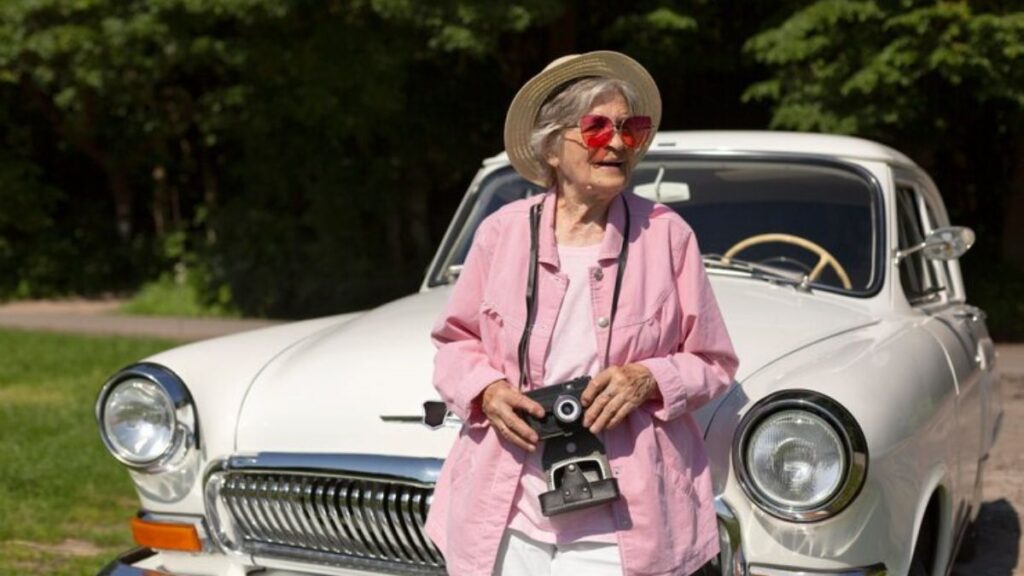Buying a vintage car is more than just purchasing a vehicle – it’s a way of owning a piece of history, style, and craftsmanship that’s hard to find in modern models. However, financing a classic car can be tricky. With unique costs, loan structures, and budgeting challenges, it’s essential to be prepared. Here’s a comprehensive guide to help you budget and fund the vintage car of your dreams without the financial strain.
Consider Car Dealer
Specialty dealers often have established relationships with lenders who understand the unique value of vintage cars, making financing easier and sometimes more affordable. These dealers can also offer insights into market trends, valuation, and authenticity, which are crucial when buying an older car. The inventory of vintage automobiles can offer a diverse selection of classic models, helping you find the exact make and year you’re looking for. Additionally, car dealers may provide warranties or certified inspections, giving you added confidence in your purchase.
Consider Different Financing Options
Financing a vintage car isn’t always straightforward. Unlike regular car loans, financing for vintage vehicles often requires specialized lenders who understand the car’s value and age. Look into classic car financing through lenders who specialize in collector or luxury vehicles. These loans may come with slightly higher interest rates but typically offer more flexibility than traditional auto loans. Some personal loans may also work, but compare interest rates and terms carefully to find the best option for you.
Calculate Your Down Payment
Many lenders require a larger down payment for a vintage car purchase due to the vehicle’s age and unique value. Aim for at least a 20% down payment to secure a better loan rate. Some vintage car enthusiasts recommend saving even more, as this can reduce your monthly payment and overall loan cost. Setting aside a substantial down payment before purchasing can also serve as a financial safety net for any unexpected costs that come with vintage car ownership.
Evaluate Insurance Costs and Requirements
Vintage car insurance differs significantly from traditional car insurance. Classic car insurance providers usually offer “agreed value” policies, where the value of the car is agreed upon in advance, protecting you against depreciation. These policies may have mileage limits, storage requirements, or other restrictions. Get quotes from insurance providers who specialize in classic cars and factor this expense into your monthly budget. Make sure you understand all conditions so you’re fully covered in the event of an accident or theft.
Understand Agreed Value Policies
Unlike standard auto insurance, classic car insurance often uses an “agreed value” policy, which means you and the insurer agree on the car’s value upfront. This protects you from the depreciation that typically affects regular vehicles, ensuring you receive the full agreed value if the car is totaled or stolen. It’s essential to reassess and update this value periodically as the market for vintage cars can fluctuate.
Consider Usage Restrictions
Many classic car insurance policies come with limitations, such as mileage restrictions or requirements that the car is not your primary vehicle. Insurers often set these conditions to minimize the risk associated with insuring vintage vehicles, which can be more susceptible to wear and damage. Make sure these restrictions align with your intended use of the car so you’re not paying for coverage you can’t fully utilize.
Factor in Storage Requirements
To qualify for a vintage car insurance policy, you may need to store your car in a secure, climate-controlled facility. Insurers impose these requirements because classic cars, particularly those with original parts, are sensitive to temperature and humidity changes that can lead to rust, fading, and other damages. If you don’t have access to this type of storage, account for the cost of renting a suitable facility, as it can impact your budget and policy eligibility.
Plan for Regular Maintenance and Repairs
Maintenance for vintage cars can be both costly and frequent. Replacement parts may be difficult to source, and repairs often require specialized mechanics, which can increase expenses. Budget for routine check-ups, as well as an emergency fund to cover any significant repairs that come up unexpectedly. Consulting with other vintage car owners and researching your model’s specific needs can help you understand what to expect.
Consider Long-Term Storage and Care Costs
Proper storage is crucial to preserving the value and condition of a vintage car. Climate-controlled garages or storage facilities can prevent rust, fading, and wear from weather conditions. These facilities come at a price, so if you don’t have an ideal storage space at home, plan for the monthly cost of a storage unit. Additionally, periodic cleaning, waxing, and routine care are essential for maintaining your investment and ensuring it continues to appreciate.
Financing a vintage car involves careful planning, budgeting, and understanding the unique expenses of classic car ownership. By knowing what to expect, from down payments to maintenance, you can set a realistic budget and choose a financing option that suits your needs. With the right financial planning, you can own and enjoy a vintage car without compromising your financial stability.







